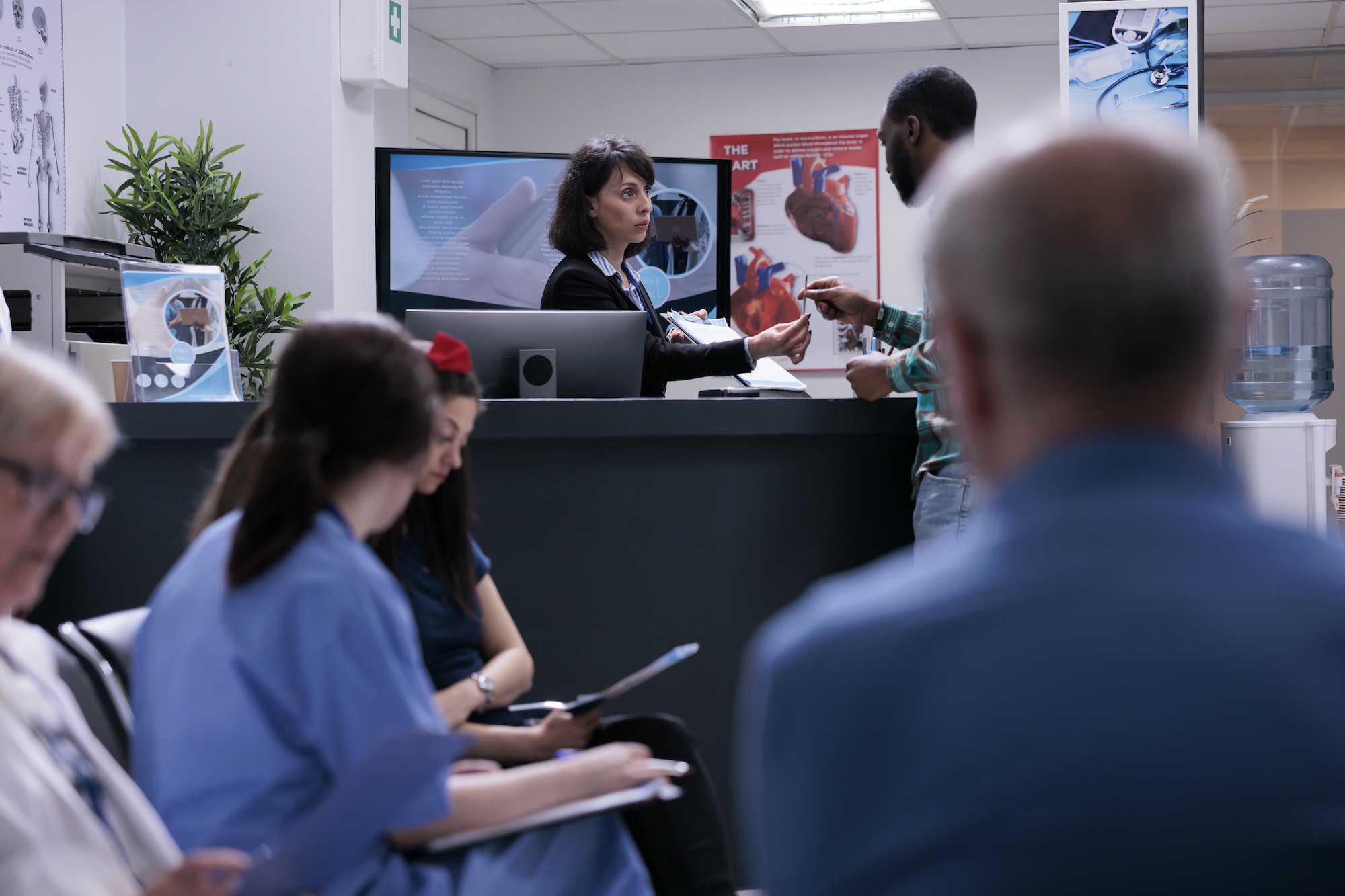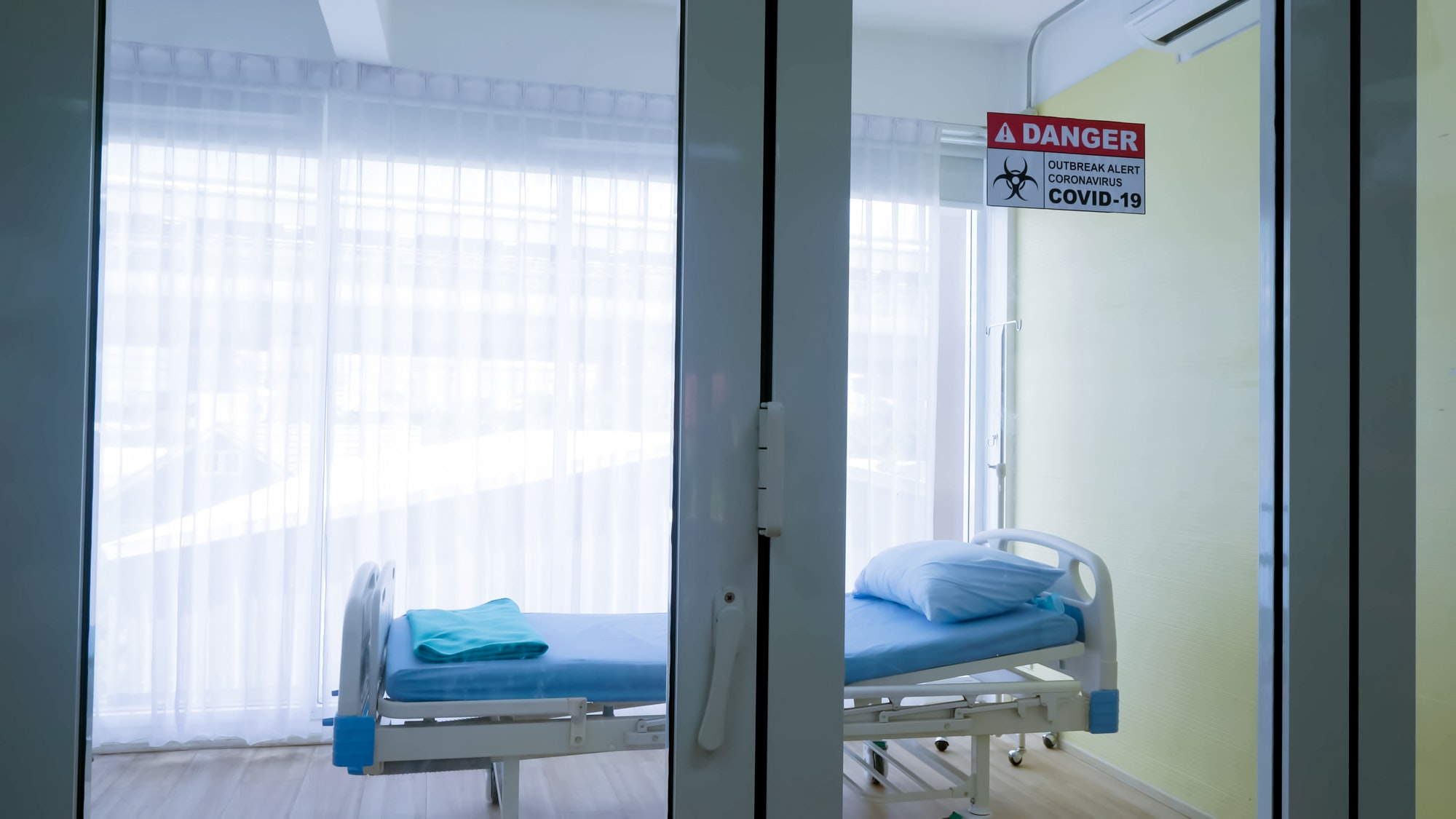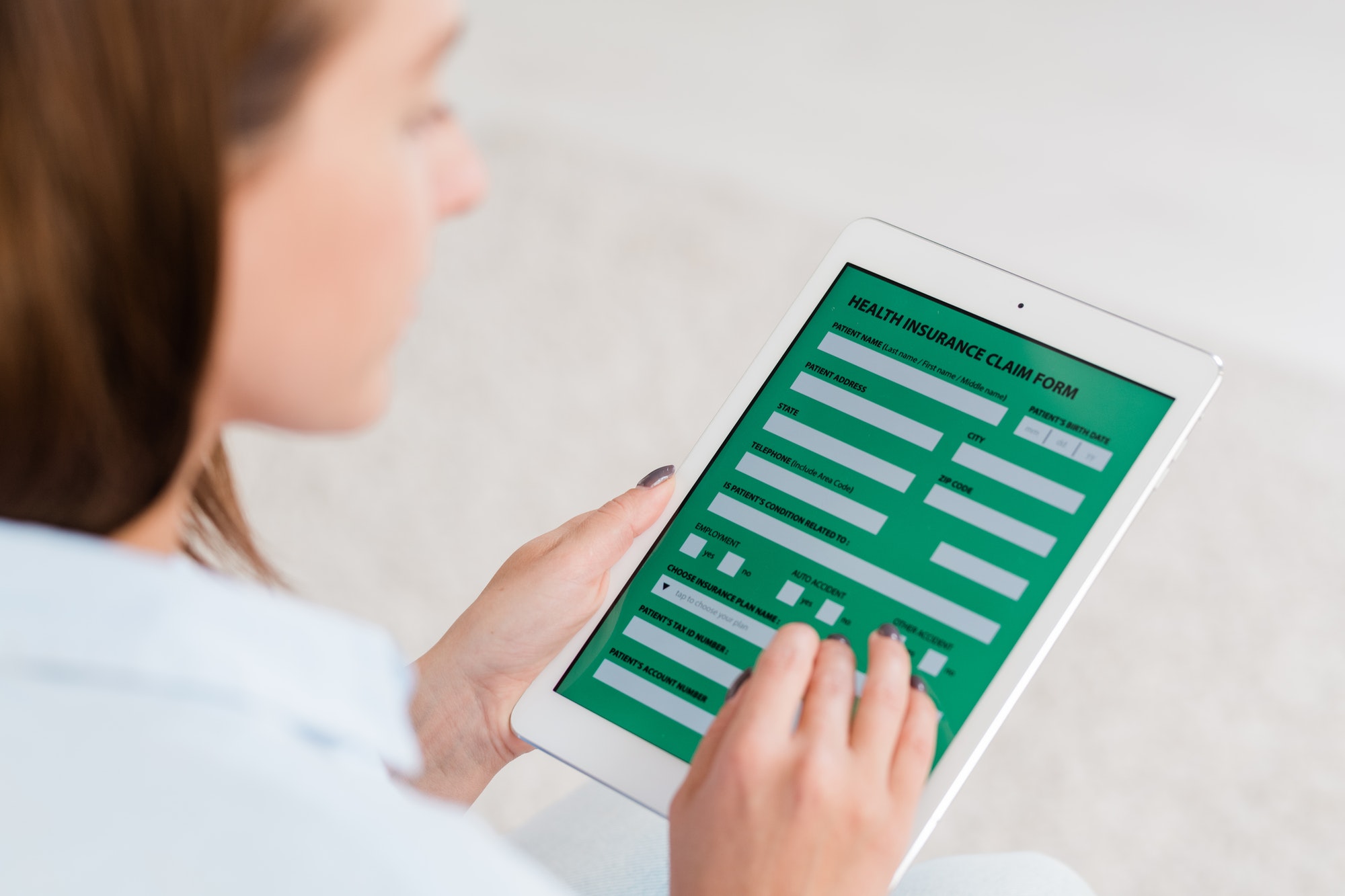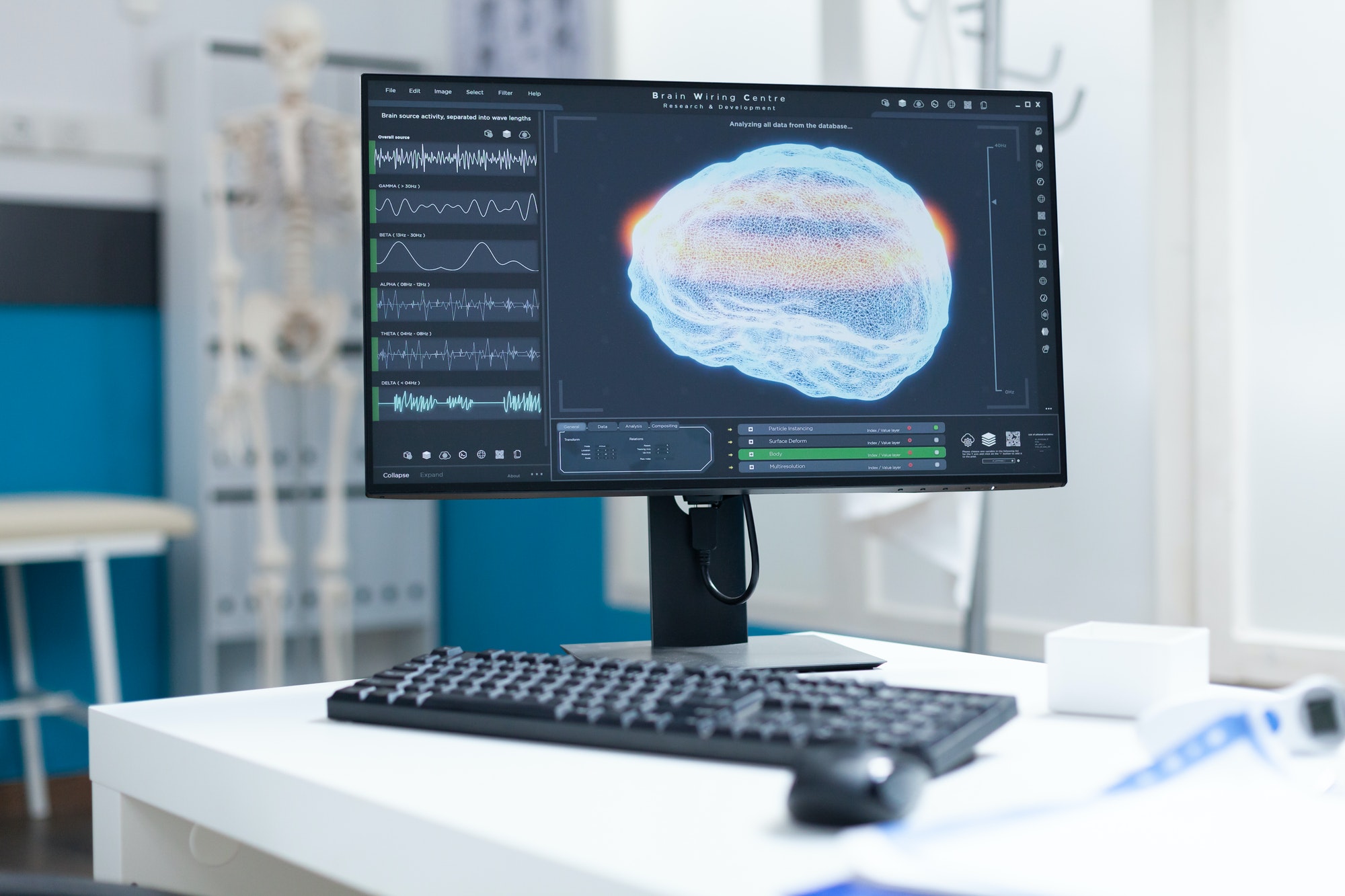DISCLAIMER: The below blog entry was written by an outside, unrelated party and does not necessarily express the opinions or views of or associated with the RemoteICU brand or the individuals associated with the RemoteICU brand. The blog is not necessarily endorsed or supported by RemoteICU nor was the entry reviewed and accepted by individuals associated with RemoteICU. The blog entry is provided simply to address and create interest in topics of import related to telemedicine. Your own independent research and decision-making and seeking of expert / professional opinions are required before you make any decisions whatsoever or form any opinions with respect to any topics addressed therein. By reading the blog entry, you consent to accepting the terms and conditions in this disclaimer.
The Tele Intensive Care Units market is growing by leaps and bounds. According to the latest Market Forecast by Verified Market Research, the TeleICU, or eICU, market size was USD 1.94 Billion in 2018 and is expected to reach USD 6.25 Billion by 2026, growing at a CAGR of 14.28% from 2019 to 2026.
The Report discusses the growth of worldwide and regional markets, shedding light on recent developments and key growth strategies. Also included is a special COVID-19 impact analysis. What is the market’s impetus and what are the trends to look out for?
The TeleICU Market
The TeleICU market is highly fragmented and has some major vendors. International vendors are trying to stabilize themselves, while regional vendors are and focusing on service and product offerings while still trying to become established. Overall, there is a wide range of product lines, which is driving competition. Lately, there have been several product launches and product expansions and the trend should continue. Other emerging trends are collaborations, agreements, partnerships, mergers, and acquisitions.
Market Growth Drivers
A major cause of the Tele-ICU market propulsion is the increasing global geriatric population, which together with the global intensivist shortage has generated increased need for remote monitoring. Tele-intensive care is an application of telemedicine which manages critically-ill hospital patients. Tele-ICU monitoring and audio-visual systems enable communication between critical care teams at remote locations with bedside ICU teams. With Tele-ICU coverage, off-site physicians receive patient data via a command center, including medical records, physiological status, and treatment.
These services are rising in popularity due to features and benefits such as real-time monitoring, remote access to patient data, decreased clinical decision-making time, and efficient healthcare delivery. which lead to improved, including outcomes including enhanced patient care, reduced LOS, and decreased overall costs.
Other market drivers:
- Global population growth
- Increasing numbers of surgeries requiring post-op intensive careIncreasing numbers of chronically-ill patients with illnesses such as neurological disorders and cancer
- Increasing use of therapeutic devices which require ICU monitoring
- The need to reduce LOS
- Increasing awareness of TeleICU benefits (as detailed above).
- Increasing numbers of ICUs globally
- Improvements in remote patient monitoring technologies.
-
Segmentation Analysis
The report breaks down other market influencers by segment, such as component and geography. For the component segment, the market is divided into Software and Hardware Computer Systems. Analysis shows that software will have lucrative growth over the forecast period, spurred by vendors introducing newer software versions and by regular software upgrades.
The regional analysis divides the global Tele-ICU / e-ICU market into North America, Europe, Asia Pacific, and the rest of the world. Asia Pacific is expected to grow at a CAGR of 21.6% by 2026. Factors driving regional market growth in developing countries, such as China, India, and South Korea include:
- Economic advances.
- Massive target population.
- Favorable legislative initiatives to advance healthcare systems.
- Improving medical device technology, particularly off-site human-machine interface devices.
COVID-19 Impact
The COVID-19 pandemic impacted every industry from Retail & eCommerce to Consumer Goods; Defense & Aerospace; Automobile & Transportation; ICT; Electronics & Semiconductor; Pharma & Healthcare; Energy & Power; Chemical & Material; Agriculture, Food & Beverages; Banking Financial Services, and many more.
Lockdowns and social distancing measures disrupted global supply chains and changed regular systems. Markets that flourished are those that offered solutions for risk management and digitizing operations, such as TeleICU.
We are still seeing the effects of COVID on the Tele-ICU market, which played a key role in the early months of the outbreak, thanks to its lifesaving and risk-reducing solutions. The events have given the Tele-ICU industry momentum and increasing recognition of its value. This will surely play a large role in its future growth.










































